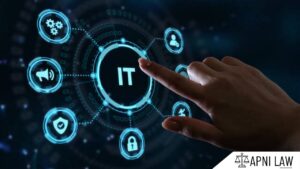Section 483 CrPC: High Court’s Superintendence over Judicial Magistrate Courts
1. State the Code:
Section 483 of the Code of Criminal Procedure, 1973 (CrPC) deals with the High Court’s superintendence over Judicial Magistrate Courts.
2. Explain it:
Section 483 empowers the High Court to exercise general superintendence over all subordinate criminal courts, including Judicial Magistrate Courts. This power enables the High Court to ensure that these courts function efficiently and in accordance with the law.
The High Court can utilize this power in various ways, such as:
- Issuing directions to the subordinate courts regarding their procedures or the conduct of trials.
- Calling for records from the subordinate courts to review their decisions or proceedings.
- Transferring cases between subordinate courts within its jurisdiction.
- Taking cognizance of any matter that falls under its superintendence.
The High Court’s superintendence power is not meant to be exercised lightly and is primarily used to rectify errors, ensure justice, and maintain the integrity of the judicial process.
3. Illustrate it:
Consider a case where a Judicial Magistrate Court has been accused of delaying proceedings unnecessarily. The High Court can use its superintendence power to call for the records of the case and review the magistrate’s actions. If it finds that the magistrate has been negligent or has acted improperly, the High Court can issue directions to expedite the proceedings and ensure a fair trial.
4. Common Questions and Answers:
Q: What is the purpose of Section 483?
A: Section 483 ensures the efficient and proper functioning of subordinate criminal courts by empowering the High Court to oversee their activities.
Q: Can the High Court interfere in the decisions of a Judicial Magistrate Court?
A: While the High Court can review decisions for errors or irregularities, it cannot directly overturn a Judicial Magistrate Court’s decision unless it is found to be illegal or against the principles of natural justice.
Q: Does Section 483 apply to all Judicial Magistrate Courts?
A: Yes, Section 483 grants the High Court superintendence over all Judicial Magistrate Courts within its territorial jurisdiction.










